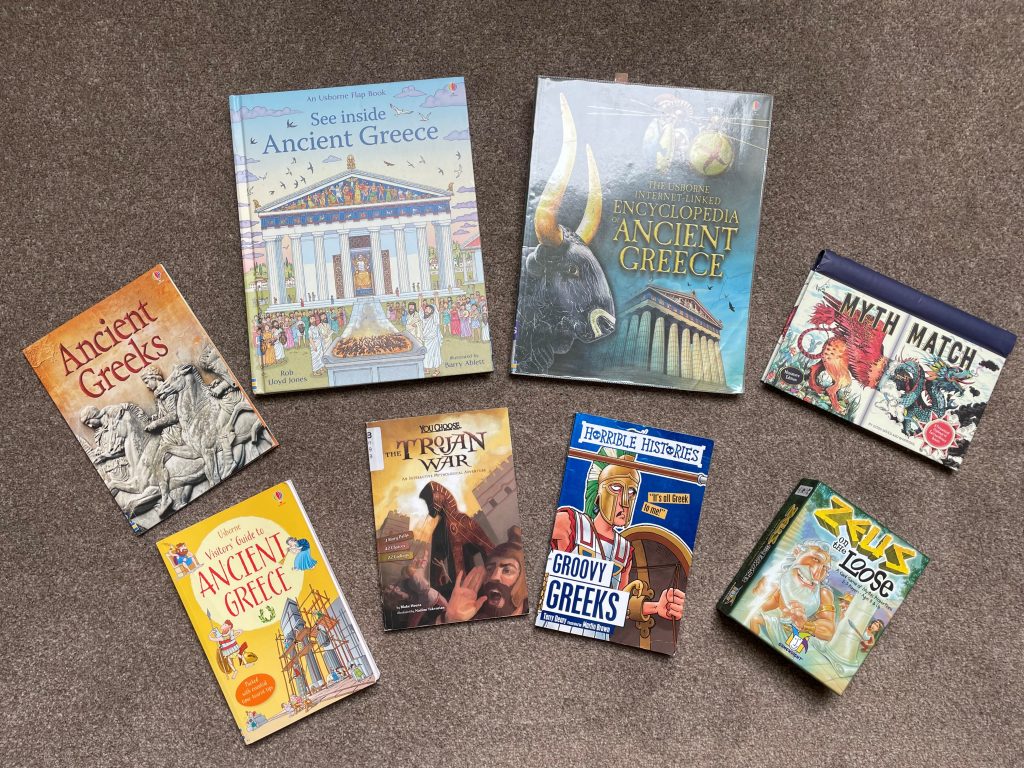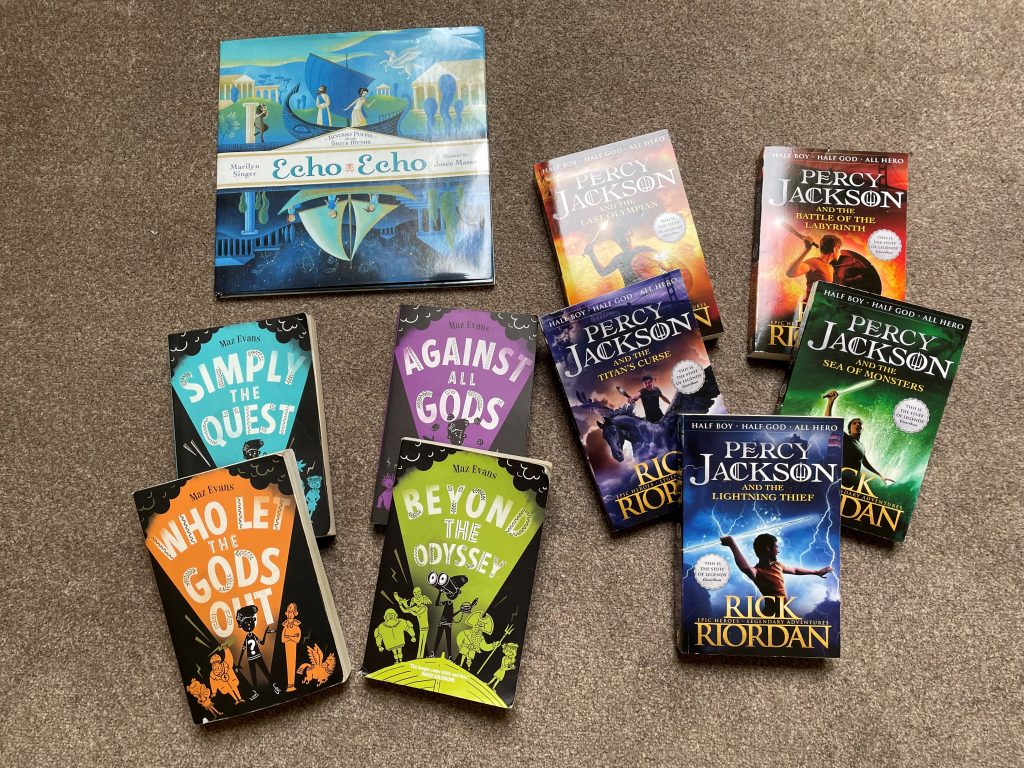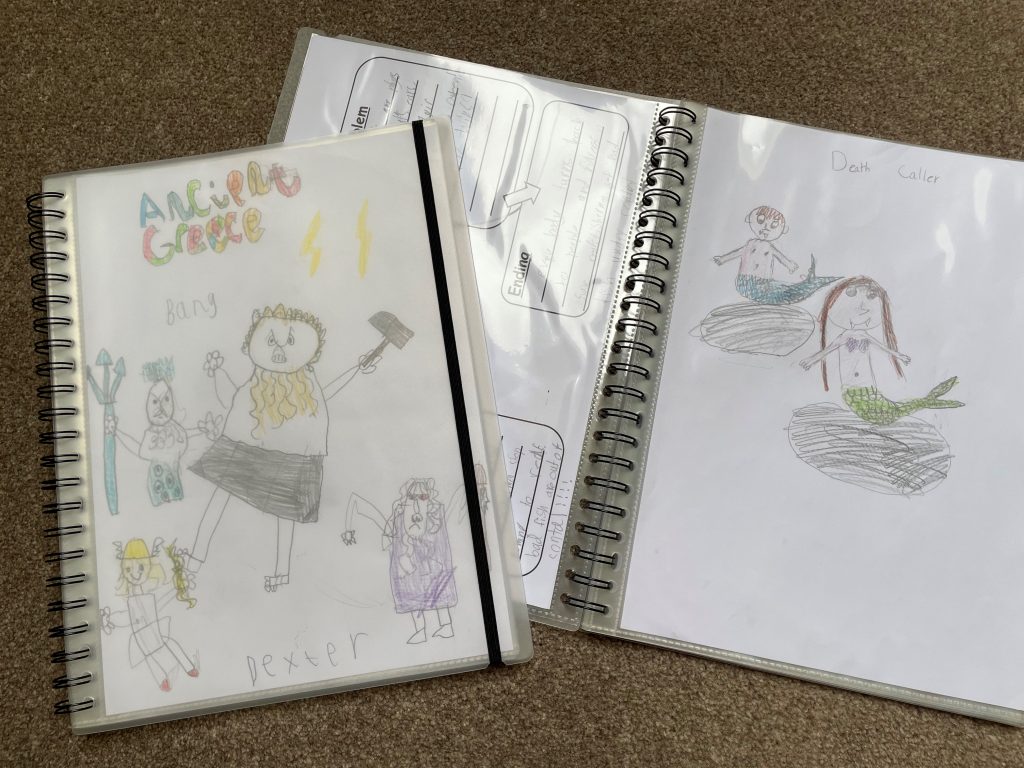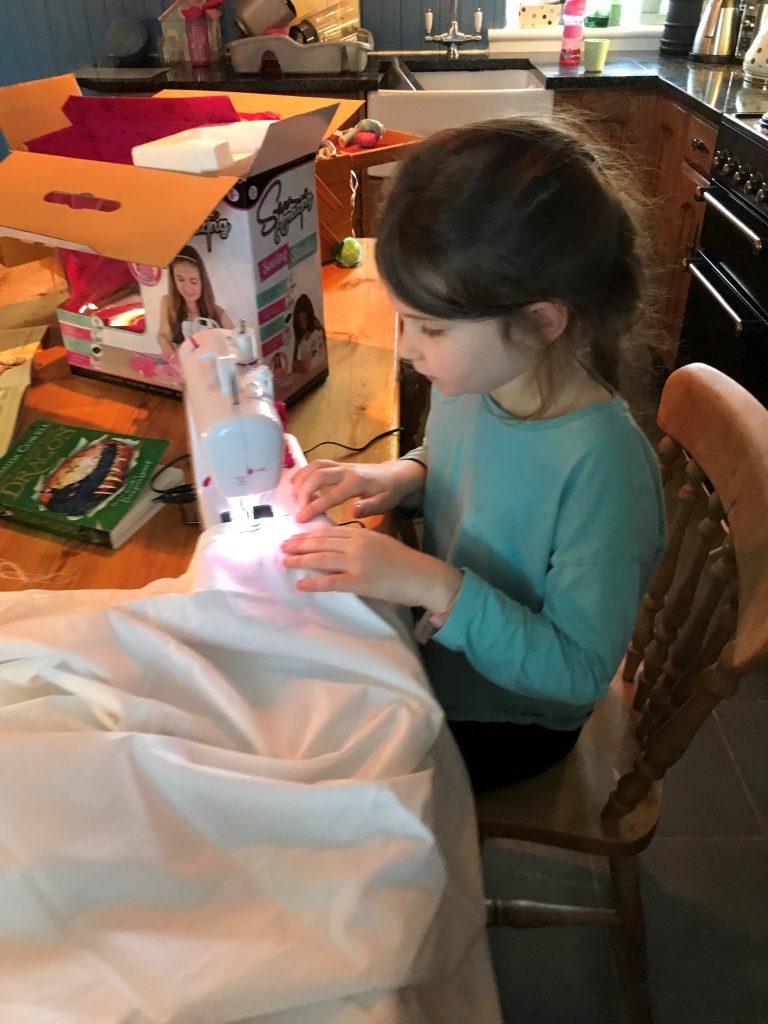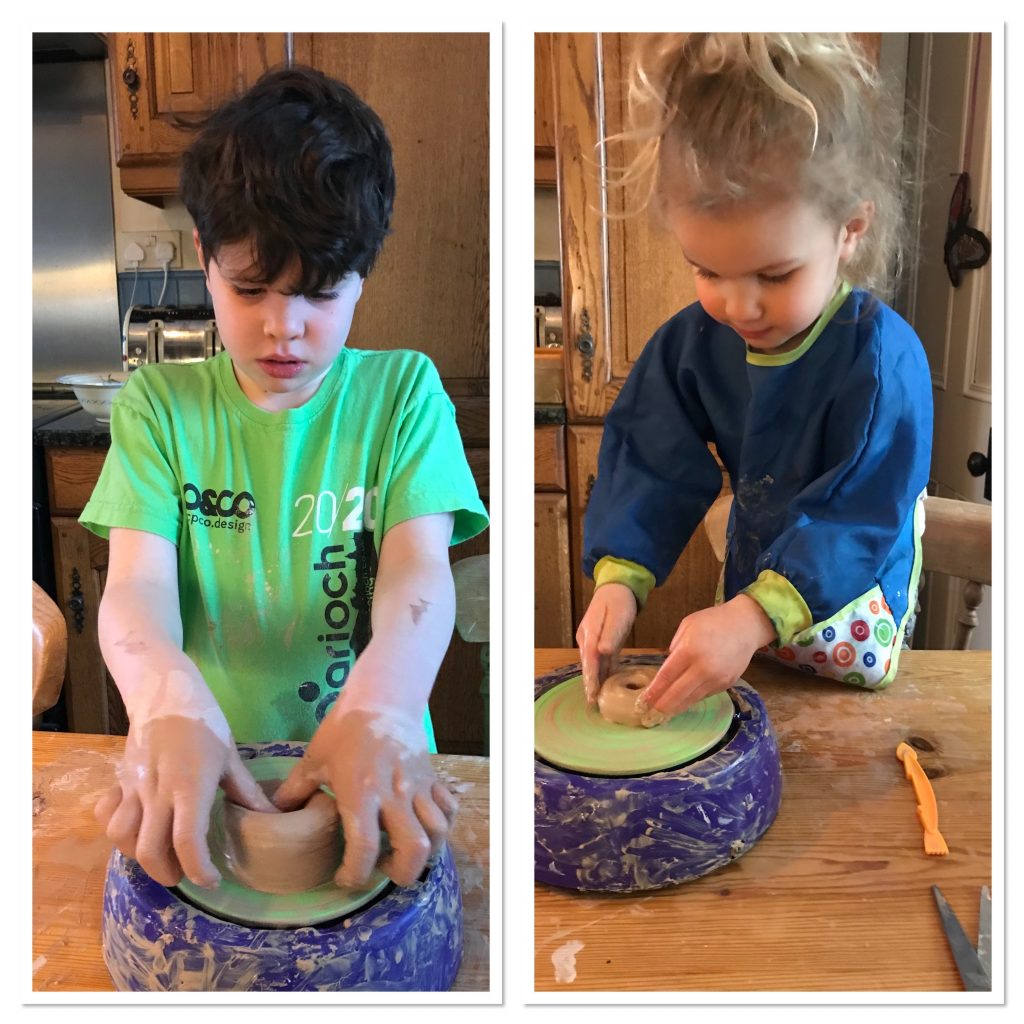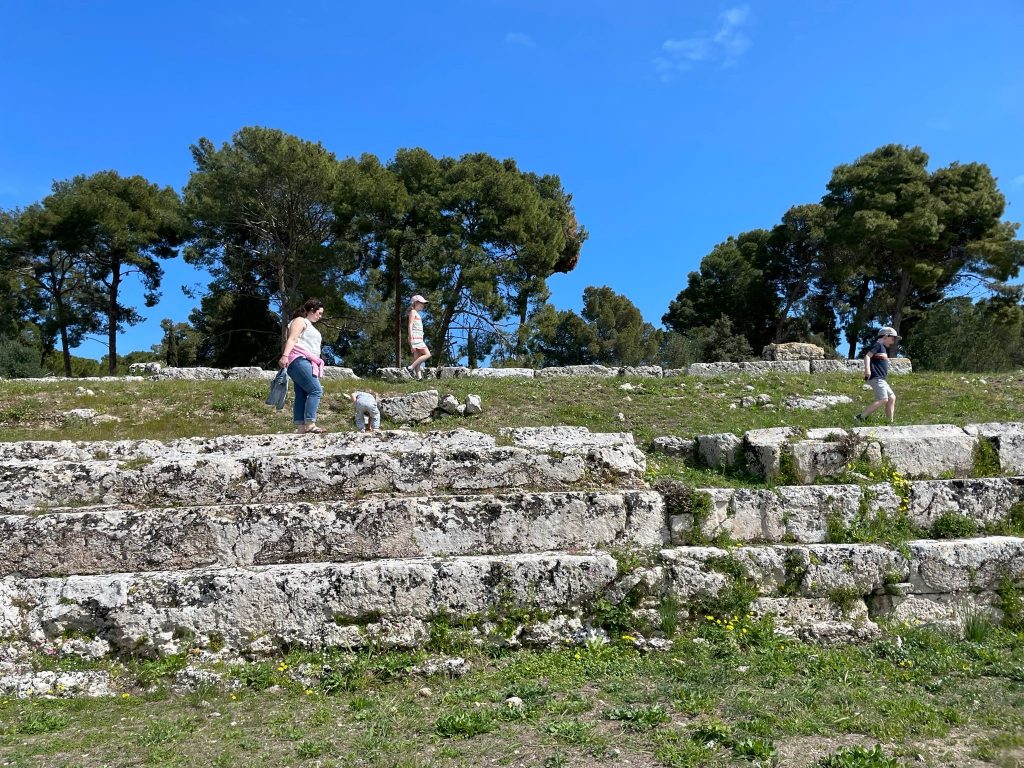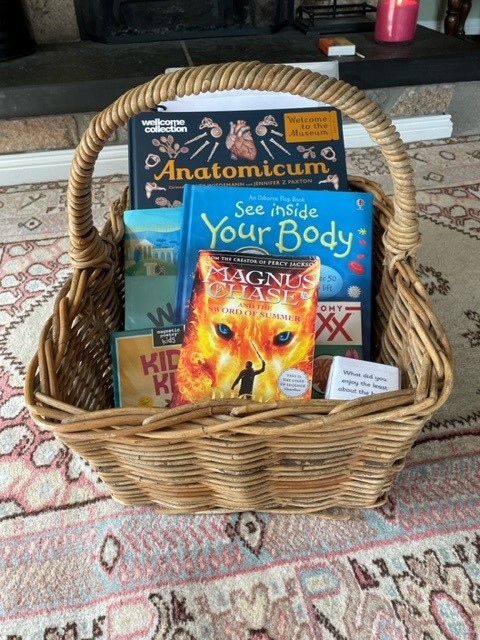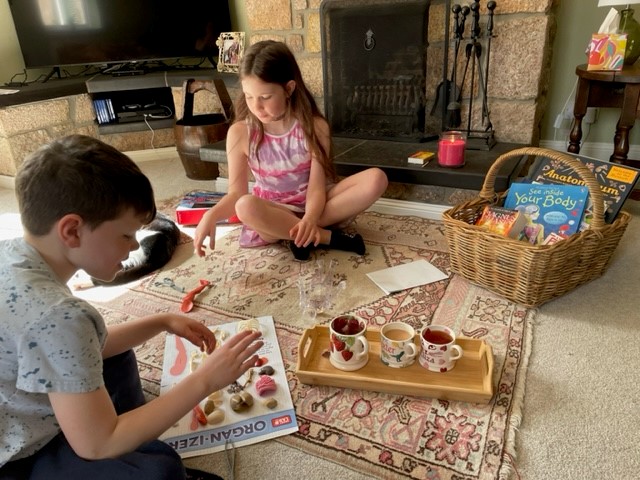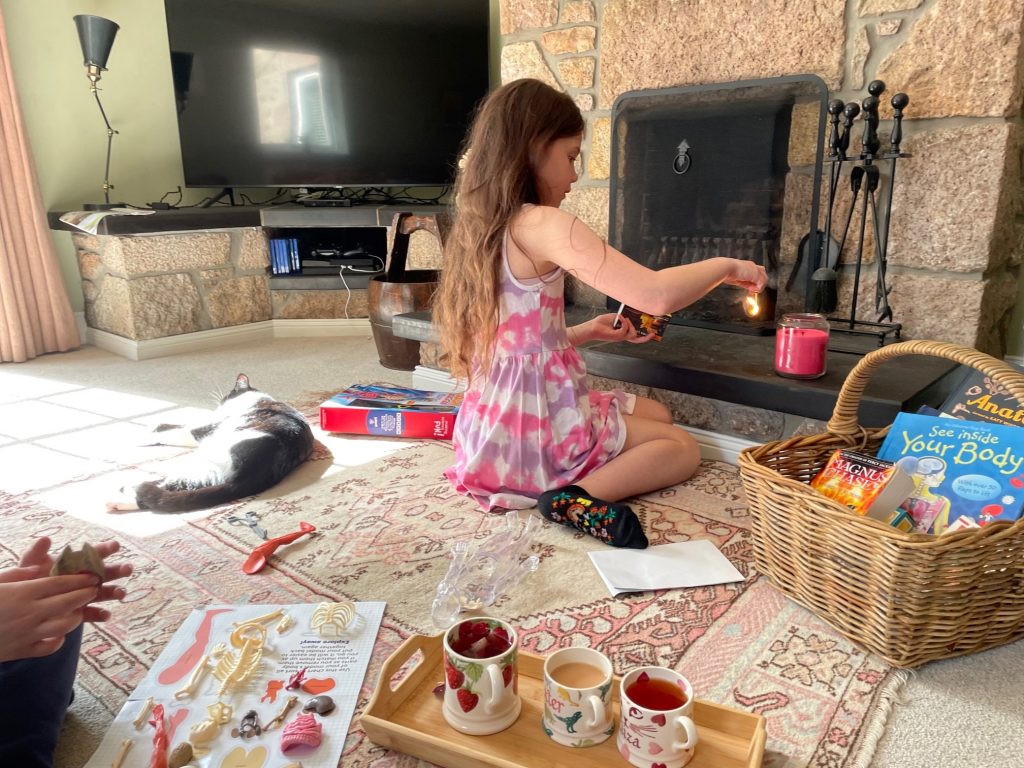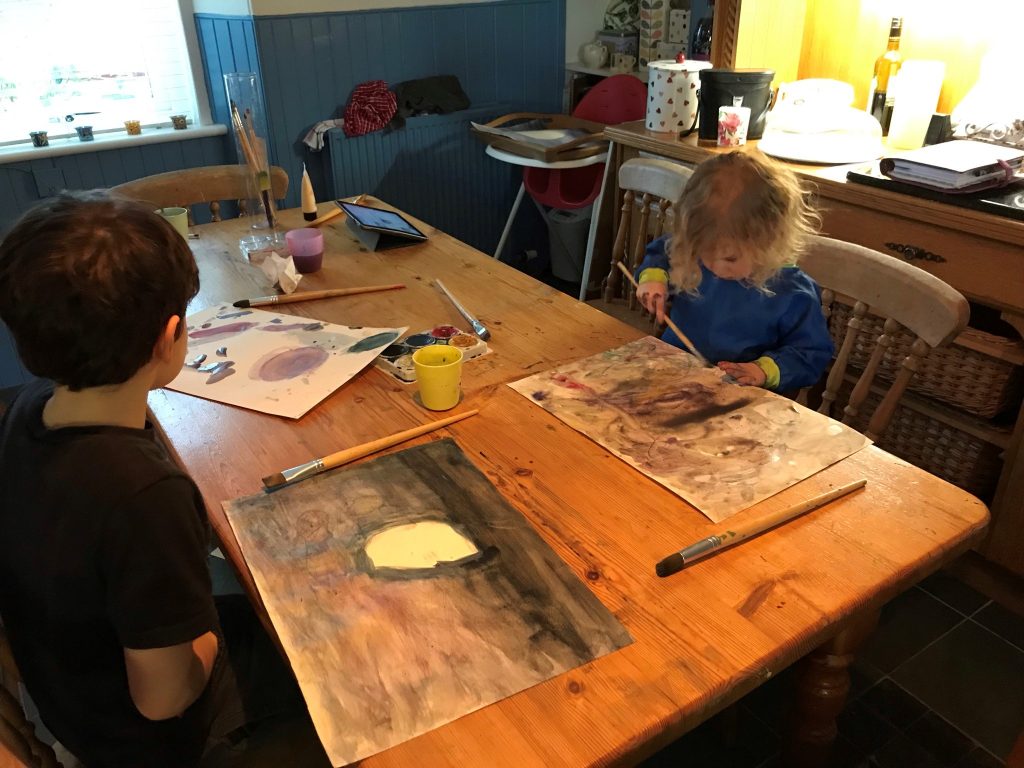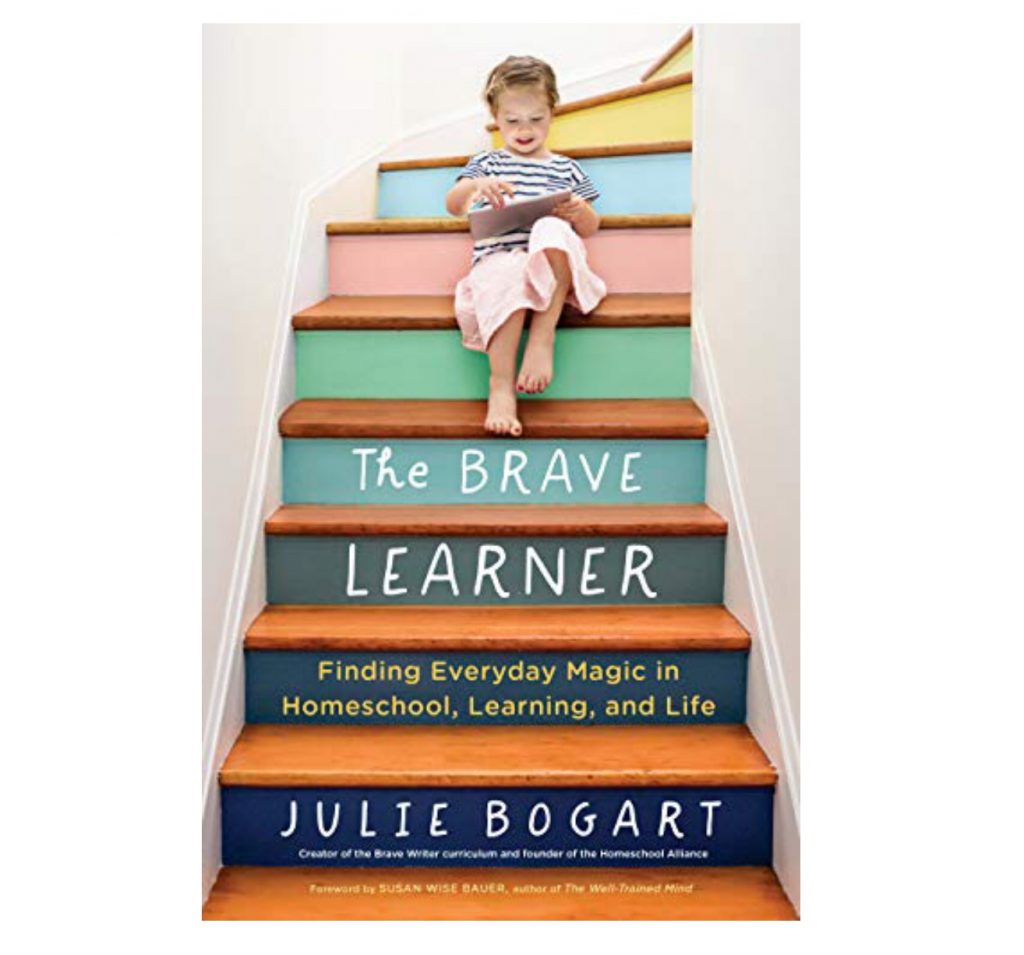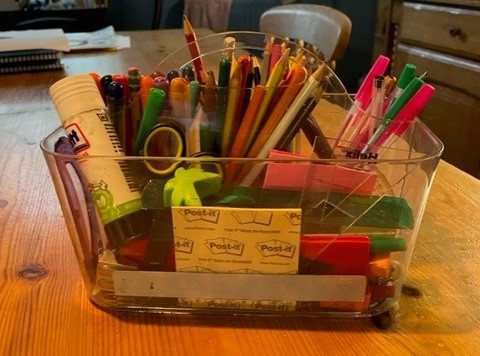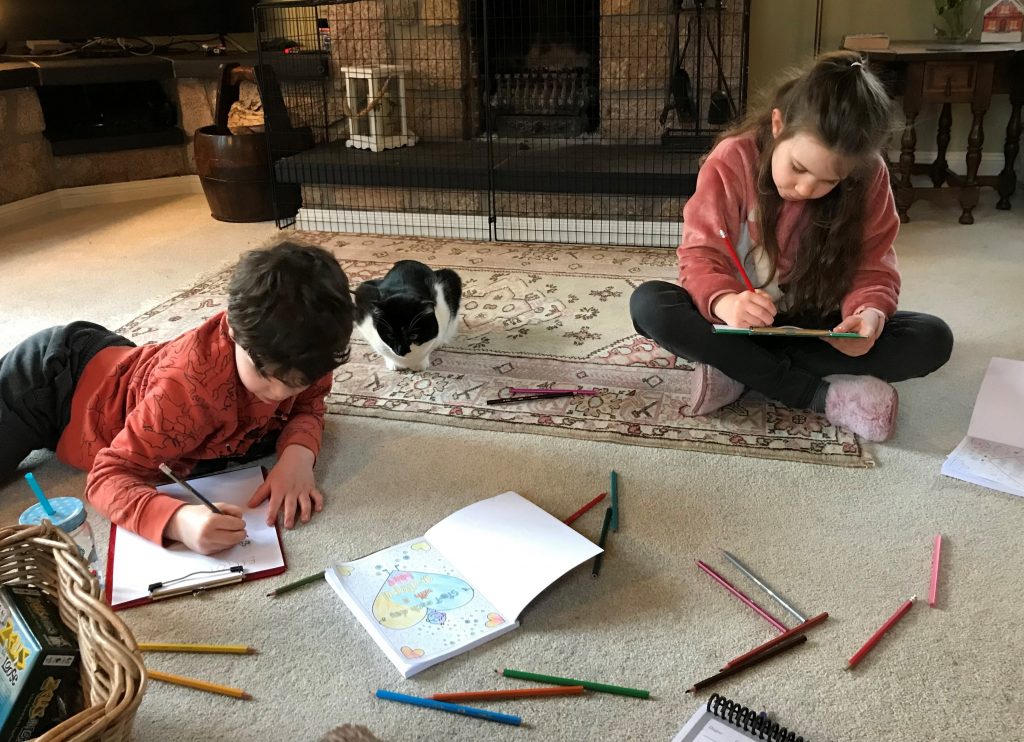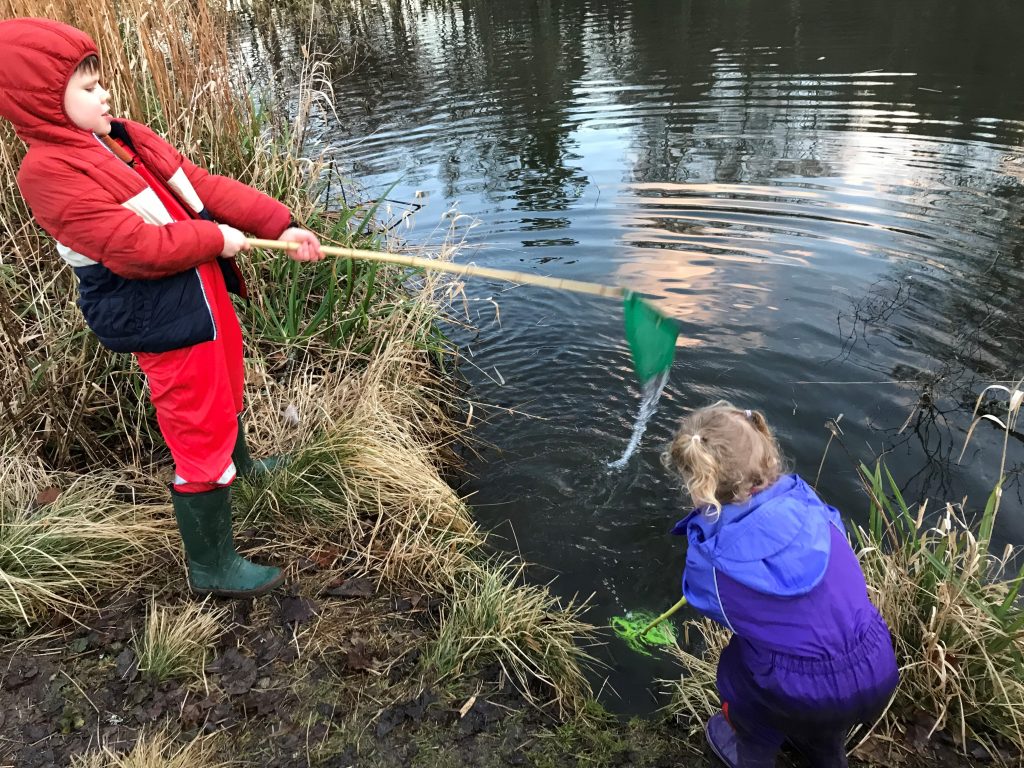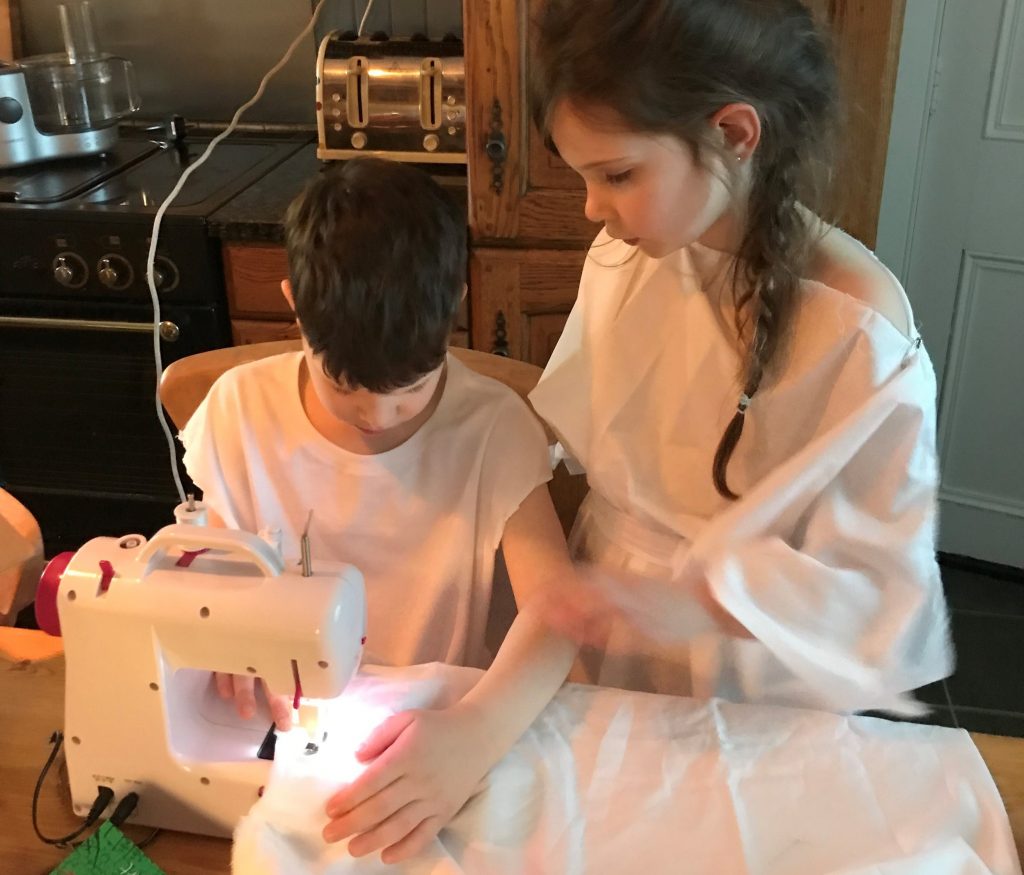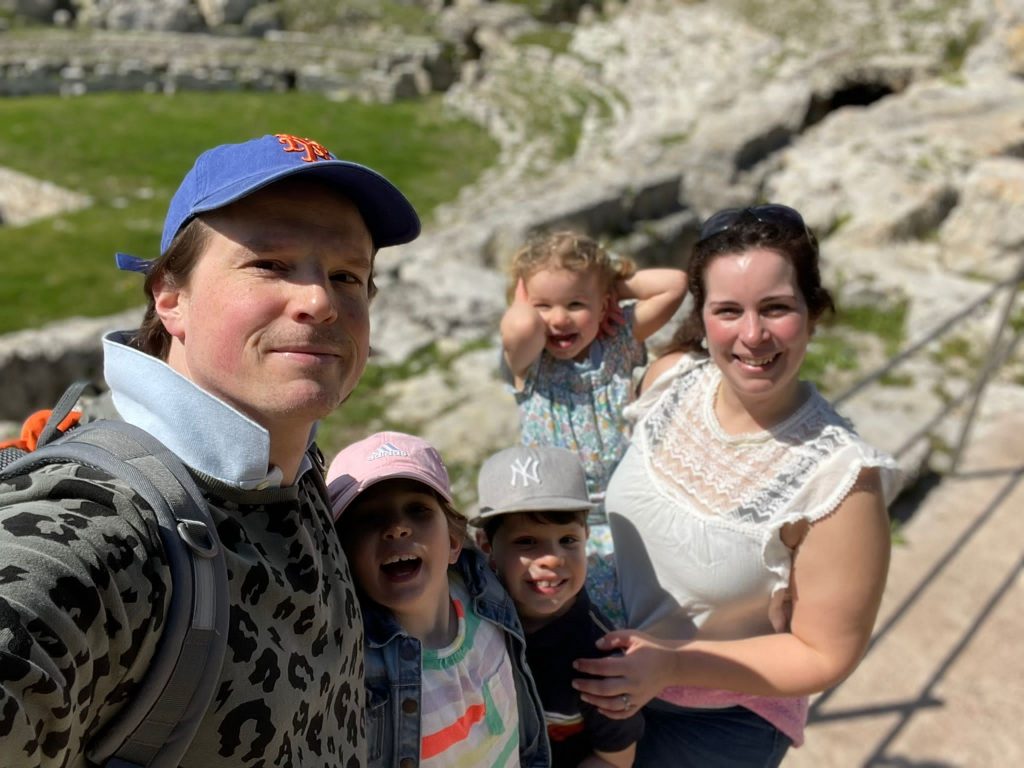
In March of 2022, I was keen to grasp the first opportunity for family travel as the world opened up after covid. My husband had work and study commitments at the time too and we realised that some of the freedom home education offered would soon vanish for the immediate future. So we acted quickly to find cheap flights to somewhere new and exciting. I had hoped for Greece, as we were in the middle of our topic on Ancient Greece which the children were loving, but that was outwith our budget. We settled on Sicily – the flights were cheap and we love pizza! And another bonus – Sicily was part of Ancient Greece!
I enjoy research and planning in many areas of my life, but what is better than researching and planning for holiday adventures? I selected our accommodation to be in the best location to access the sights we wanted to see. Before we left Scotland, I had found sights for an activity on almost every day. (I hadn’t decided which sight would be on which day, as that depended on the weather and allowed for some flexibility if we just wanted a rest day.)
Syracuse
This was our closest city so we ventured there on our first full day. We spent our time at the Parco Archeologico della Neapolis, pictured in the main photo above, which contains a huge theatre constructed during the times of the ancient Greek empire. It is also home to the Ear of Dionysis, a huge cave carved in rock, intended as water storage in ancient Greek times. It has the accidental quirk of amazing acoustics, hence the name, so the children whispered and hollered, admiring the sounds as they resonated through the ‘ear.’
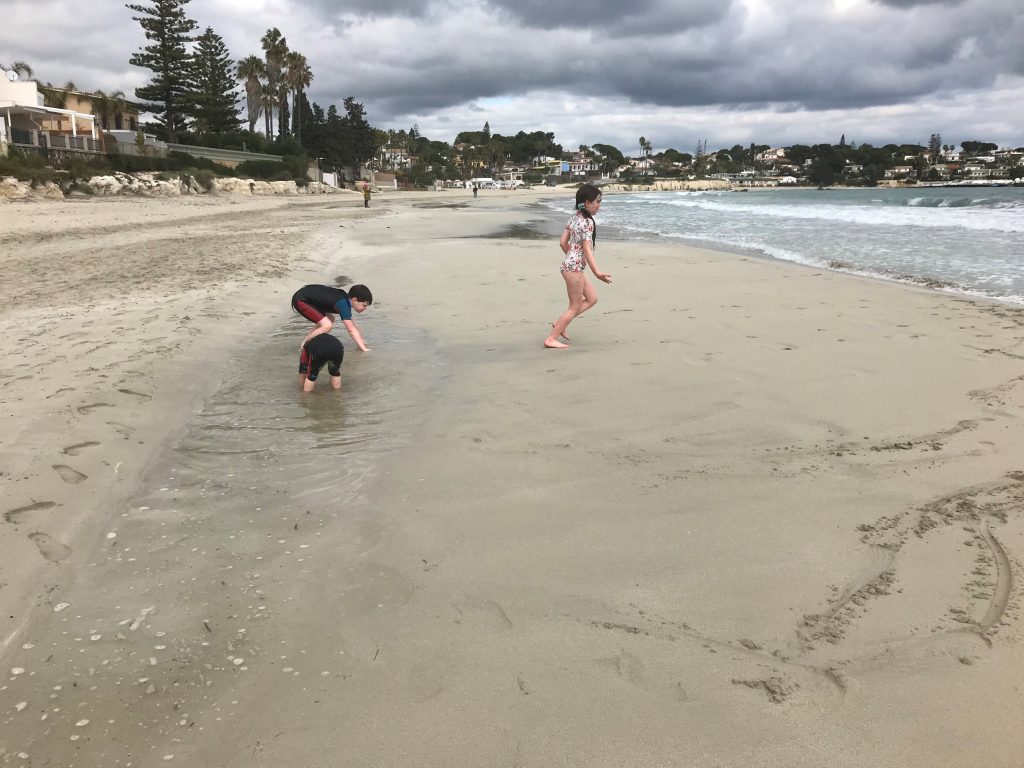
Later that afternoon we found a nearby beach and the children enjoyed a splash. It is worth noting that the weather was not that warm during our entire holiday. As you can see from the photo, only hardy Scottish children were braving the waves!
Mount Etna
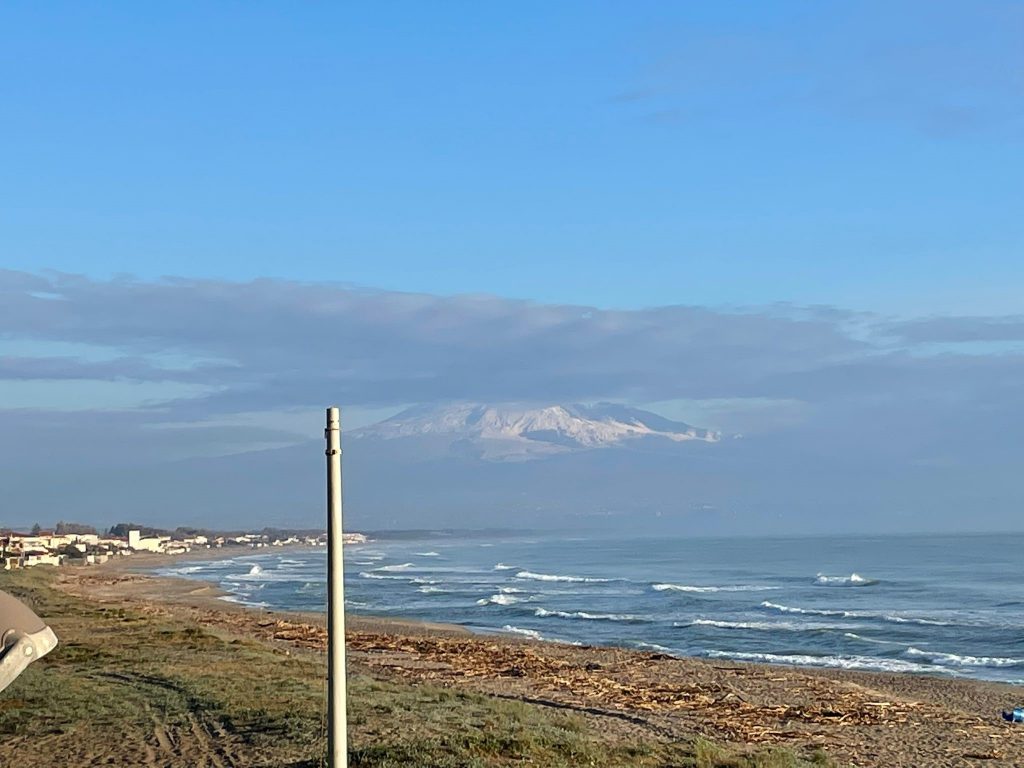
Despite being pulled to Sicily for the history, the top adventure of the holiday was our journey up Mount Etna.
As we accepted that there might not be any really sunny days during our holiday, we plumped for a pretty rubbish day to visit Mount Etna. We drove the winding road on the first part of the journey to the visitor centre in thick fog- a real pea souper! Chris and I tried to cover our own disappointment at the weather conditions with enthusiasm as we exclaimed to the children, “We must be so high up already! Doesn’t it feel high up?!” There was no view out the window at all! We parked at the visitor centre which was completely shrouded in mist. We stumbled around the car park, tightly gripping the children’s hands so we didn’t lose them in the gloom. We literally bumped into another family, who were also trying to find the booth to buy tickets for the cable car. We eventually located this and purchased tickets for the cable car and the all terrain vans which would take us as close to the crater at the top as was possible for us to go. A few months prior to this, visitors could get right to the very top, but due to increased volcanic activity, we could only go so far.
The journey up in the cable car was amazing. It began in the thick fog but suddenly we emerged into brilliant sunshine, looking down on a landscape of clouds and up to a smoking peak! From the cable car, we bounced our way up the mountainside in the all terrain vehicle before walking the final part to the highest accessible point. Our tour guide encouraged the children to collect as much volcanic rock as they liked (more is made all the time!) and told us how the volcano changes in shape and height at a remarkable rate.

On returning to the visitor centre, the cloud level had moved down a bit and the place was now basked in warmth. We enjoyed pizza in the sunshine (Dexter’s favourite of the holiday – a pizza topped with chips!).
Taormina

We drove North to Taormina, with the main aim to enjoy an afternoon at the Isola Bella. We had hoped to take the cable car from the city itself down to the beach but it was closed, so we drove the windy, narrow streets and parked. It truly was a beautiful beach, covered in pebbles with a jutting outcrop sheltering the inlet. The children enjoyed a slightly warmer splash and set up their own personal sunbathing spots on the mini ‘islands’ made by the rocks. In the early evening, we returned to Taormina and stumbled upon a charming square, Piazza IX Aprile, which was home to churches and restaurants, complete with a view of the sea and Etna beyond. We ate more pizza and enjoyed the atmosphere.
Agrigento
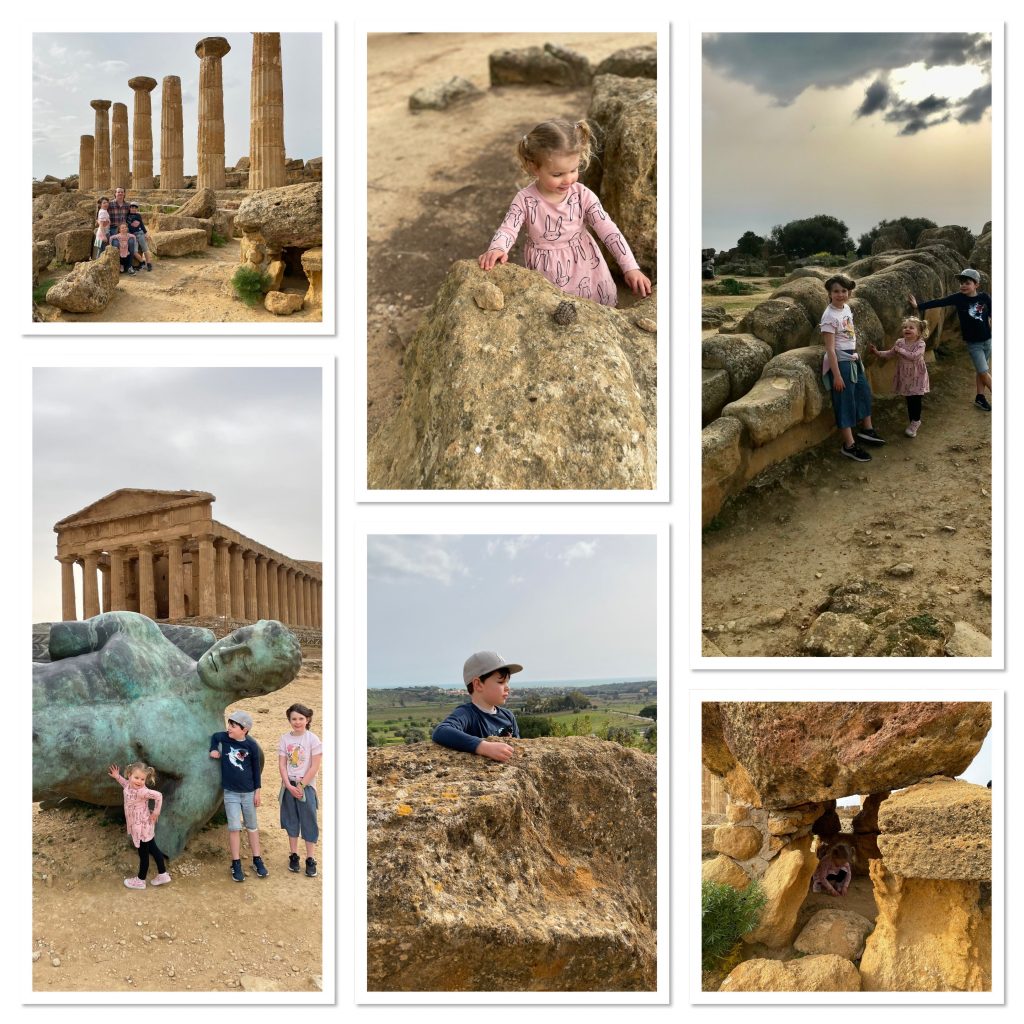
The final day saw our longest journey, to Agrigento – the Valley of the Temples. We spent the day wandering amongst the temples and statues which were once part of ancient Greece. I don’t recall a great deal of English signage or literature available around the site; and in all honesty by this point in the trip we might not have absorbed that much had we seen it. I believe there was a museum there too, but we opted to spend the day outside – to my surprise there was no requirement to remain on footpaths and we could free range over the ruins. This was perfect for our energetic three year old and provided a great opportunity for the older two to create a little photoshoot in the impressive setting. Highlights included the collapsed statue of Zeus alongside his temple and the modern art installation of Icarus (no guide book required, the older two recited the story for me!).
Those were the highlights of our visit to Sicily and looking back over a year later, I’m reminded of what a lovely time we had. Although the weather was not that warm and Sicily had been virtually devoid of any sort of tourism for two years when we visited (there was very much a sense of things ‘waking up,’ restaurant and shop fronts were being cleaned and painted), we had a brilliant time. We saw historic sights, spent time in nature and ate delicious food, our top holiday pass times!
